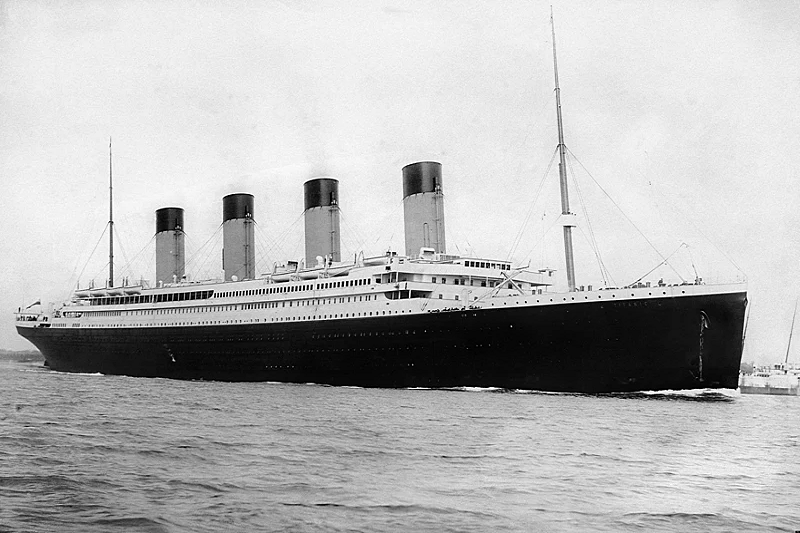A submarine that was on a mission to visit the Titanic wreckage has gone missing in the Atlantic Ocean, sparking a massive search and rescue operation. The submarine, named Titan, belongs to OceanGate Expeditions, a private company that charters trips to explore the Titanic site with its research teams and citizen scientists. The submarine can carry five people and dive to a depth of 12,500 feet. Tickets cost $250,000 for an eight-day trip.
The Titan started its dive on Sunday morning from the Canadian research vessel Polar Prince, but lost contact with the mother ship after an hour and 45 minutes. The Polar Prince reported the incident to the U.S. Coast Guard, which launched a surface and aerial search to find or recover the submarine and any survivors. The Coast Guard also contacted other government agencies and private contractors for assistance and technical expertise.
The missing crew members include Hamish Harding, the billionaire owner and chairman of Action Aviation, who posted on his Instagram account that he was joining OceanGate’s expedition as a mission specialist. The other crew members have not been identified yet, but OceanGate said they were working with their families and providing them with updates.
A desperate search

“Our entire focus is on the crew members in the submersible and their families,” OceanGate said in a statement. “We are deeply thankful for the extensive assistance we have received from several government agencies and deep sea companies in our efforts to re-establish contact with the submersible.”
The Titanic wreck site is located about 900 nautical miles east of Cape Cod, Massachusetts, at a depth of about 12,500 feet. The Titanic sank in 1912 after hitting an iceberg, killing more than 1,500 people. The wreck was discovered in 1985 by a joint U.S.-French expedition led by Robert Ballard.
OceanGate Expeditions is one of a few companies that offer tours to the Titanic site, using its specially designed submersibles that can withstand the extreme pressure and cold of the deep sea. The company says its mission is to “document and preserve” the Titanic’s legacy and to “inspire future generations of explorers.”
A challenging rescue
The company also says that its submersibles have a 96-hour reserve capacity, which gives some hope for the survival of the crew members. However, the search and rescue operation faces many challenges, such as the vast area of the ocean, the depth of the water, the weather conditions and the possibility of mechanical failure or human error.
The U.S. Coast Guard said it was doing everything possible to locate the missing submarine and its crew.
“We really brought all assets that we have available to us to bear on finding the submersible and the people in it,” Rear Adm. John Mauger, the commander of the Coast Guard district leading the search, said. “We understand from the operator of the submersible that there is a 96-hour reserve capacity on there, and so that gives us some time to effect a search. But when something happens on the high seas, it gets complicated quickly.”











